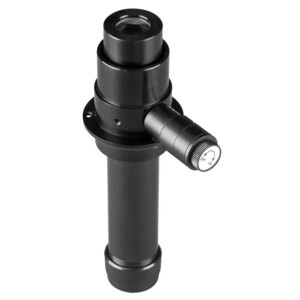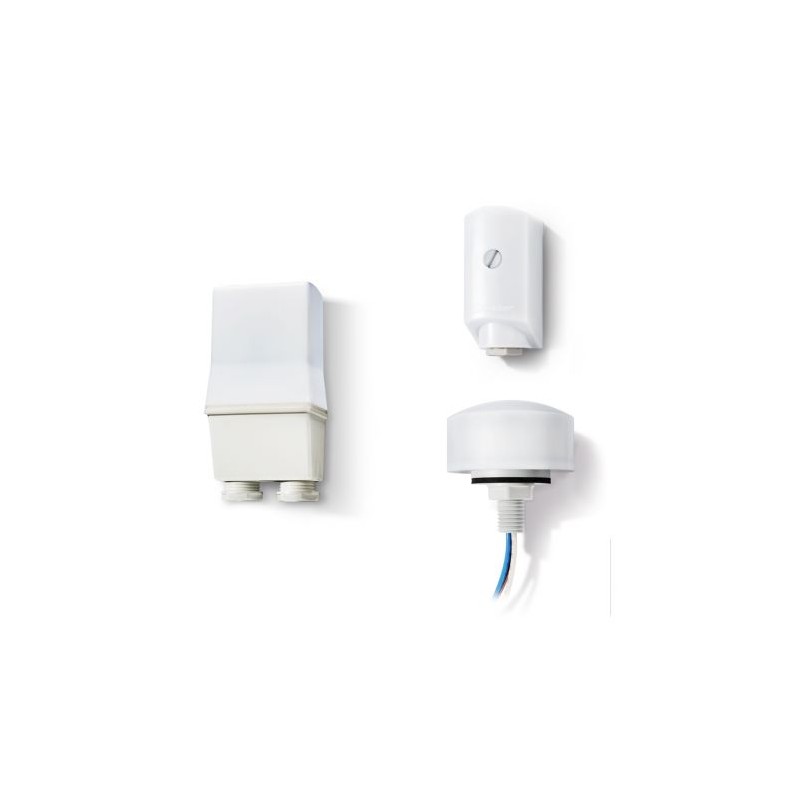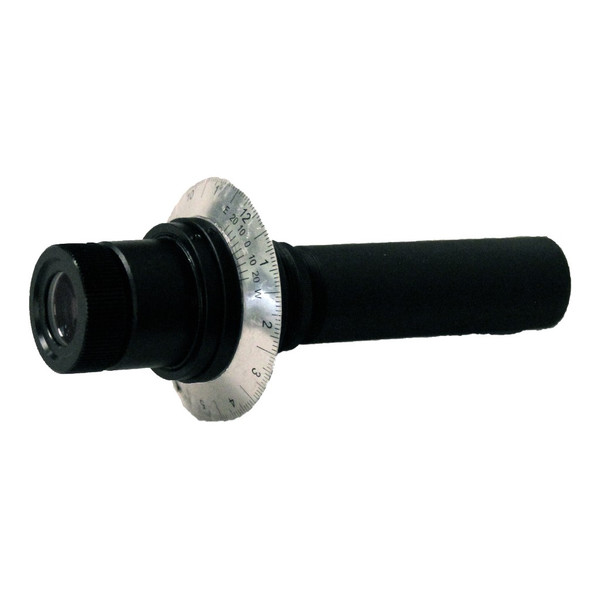

Approximate daytime / no polarscope polar alignment tool.
Pole finder Offline#
Use device time/date/location, or enter your own, or pick from online & offline world databases via the Location Manager.
Pole finder software#
Most other apps do not perform precision calculations, so please only compare app readings to accurate sources (USNO, scientific software etc). Accurate calculation of Polaris or Sigma Oct for any date and location, including effect of atmospheric refraction (and annual aberration, nutation). If you have one not included, just ask the developer to add it! PoleMaster help view for South Hemisphere users. IOptron old & new, Astro-Physics RAPAS & PASILL, various versions of Takahashi EM-10/11/200/400/500, NJP, PM-1, P2-Z, the latest Orion / Skywatcher, the Classic Skywatcher / Orion / Celestron / Meade / EXOS2 / Bresser, the Telrad, Rigel QuikFinder, a couple for Astrotrac / Losmandy / Kenko / Avalon, the Vixen PF-L/Atlux/SX/SXD/SXP/AXD/GP/GP-DX/Polarie Polar Axis Scopes, a Konus and several Polar Finders: Tuthill, Explore Scientific 8x50, Meade 9圆0, Vixen Polaris, Celestron 7x50, Carton Optical. In the settings you can select the polar scope reticle that matches your own, from a vast collection: It is one of the few programs that are accurate in lower latitudes by correcting for atmospheric refraction (so expect results to agree only with precise software and not most simplistic "polar align" apps - see the "Accuracy" section in help for details). Polar Scope Align will calculate the position of Polaris or σ Octantis in your Polar Scope reticle for your location (using your phone's GPS or manually), allowing a quick and accurate polar alignment.
Pole finder free#
Remember, all features & updates are free forever, the only in-app purchases are donations (tip jar).
Pole finder pro#
This is because the decay coefficient of the decaying sinusoid is given by α.Apart from the most reliable app for polar alignment (with or without a polar scope), PS Align pro has become the astronomer's swiss-army knife with all the tools added over the years. Note that the frequency of oscillation changes, but the decay envelope does not (if you were to draw "envelope" functions, one through the lower peaks and one through the upper peaks, these envelopes don't change). This is because the frequency of the decaying sinusoid is given by ω d.

Note that the frequency of oscillation is constant (look at where the oscillations cross y γ(t)=1). As ζ decreases, the system becomes less stable, i.e., the step response oscillates more and the Bode plot peak increases (if you were to set ζ=0, the oscillations would continue forever, and the Bode peak would go to infinity) As you increase ζ the system settles down, and there are no socillations if you make ζ≥1. In other words as the poles move away from the orgin (recall that disctance is ω 0) the system gets faster. So doubling ω 0, makes the system twice as fast. This is because wherever ω 0 appears in the step response, it is multpiplied by time, t. If you double ω 0, system doubles in speed. Now increase ω 0 and note that the system speeds (the step response changes more quickly the Bode plot shifts to the right) but the shape (i.e., peak heights.) does not.

The peak hieght is determined solely by ζ, and (with the approximation) the peak location is determined solely by ω 0.


 0 kommentar(er)
0 kommentar(er)
